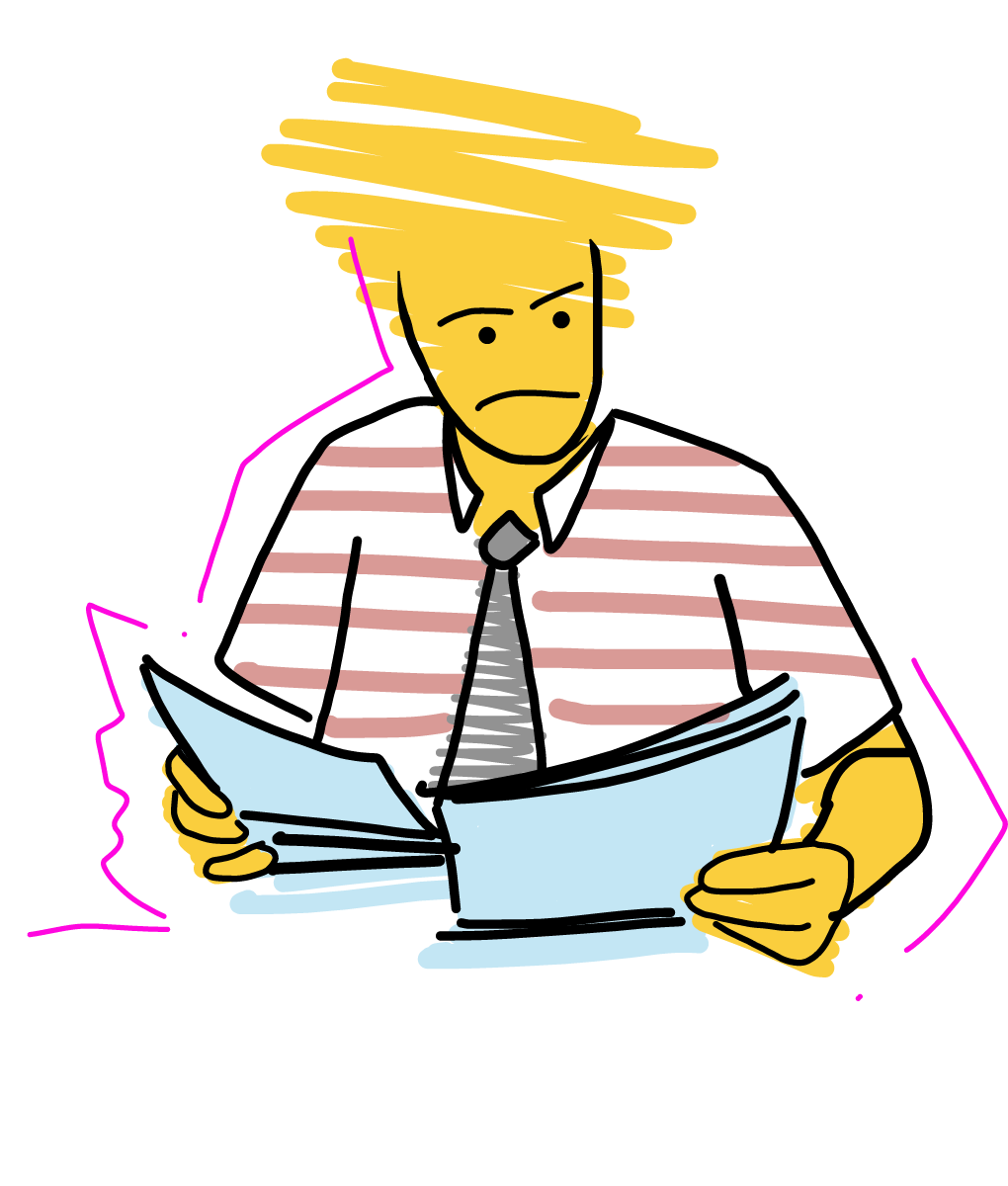What is an invoice, anyway? A first timer's guide…
An invoice is a list of products or services given to a client that includes the cost of those services. In other words, an invoice is a bill. You send an invoice to someone because they owe your business money.
Invoices come in all shapes and sizes. They can be handwritten on a scrap of paper, put together in a word processor, or created using specialist software such as Cashboard.
Most invoices follow a particular template. If you want your invoices to look professional and reflect well on your business, it's best to follow this template. We'll come to the template in a moment. First, let's look at the purpose of an invoice.
What's the Point of An Invoice?

Let's start with a simple definition. What do invoices mean to you, as a business owner or freelancer?
Invoices are the tool you use to ask for money that you're owed.
When I started out as a freelancer, I didn't know what an invoice was. Invoices were a mystery to me. I thought they were a strange and magical document businesspeople used to make money.
I saw invoices in the same way that children see credit cards or check books. Invoices were something that people with responsibility knew how to use.
I quickly learned what invoices were when a client asked me to "send an invoice" for work I'd completed. I taught myself how to create an invoice, and sent it in. If I hadn't have done so, I would never have been paid for that work. These days, I send out invoices several times a month.
From my point of view, invoices are the tool I use to ask for money that I'm owed.
We live in a culture where there are certain cultural expectations and norms around how we talk about money. In most social and business situations, it's seen as improper to talk about money directly.
Let's look at this another way. When a client owes me $1,000, I don't send them an email saying "You owe me $1,000". That would seem forward, and verging on rude. The client might also legitimately wonder "what for?"
Instead, I send them an email saying "I've attached an invoice for my recent work". That's a polite way of asking for payment. Invoices are a culturally acceptable way of asking for money.
From a customer or client point of view, invoices help them see what they're getting for their money. Additionally, invoices provide a document that customers can use for their financial records.
Invoices give your clients an overview of the services you've provided.
In my experience, most clients only pay me after I've sent them an invoice. That doesn't mean you can't be paid before sending an invoice, but it is the way that most business transactions work. Even if you are paid before you send an invoice, your customer will expect you to send one in.
What Should An Invoice Include?
Invoices vary depending on who is sending them. Invoices from service providers such as freelancers typically include the following information.
- The word "Invoice". This is placed at the top of the page as the title of the document.
- An invoice number. Every invoice you send should have a different number. The easiest approach is to start with invoice number one for the first invoice you send out, and work up from there.
- Details of the product or service provided. That way, your client can see what they're paying for.
- The date the invoice was sent and the date the product or service was delivered. For example, as a writer I include the date my article was accepted for publication, or the date it was published, depending on what my client prefers.
- The name and contact information of the seller or service provider.
- The name and contact information of the buyer.
- A breakdown of costs. What were the different project components you delivered to complete a project, and how much did each component cost? Optionally, you can list your hourly rate, and the time you spent on each project component.
- The total amount due. This figure is usually prominently displayed on the invoice, as it is the most important part of the invoice.
- Payment details. Such as your bank account or PayPal details.
- A due date for payment, and details of late payment fees. Late payment fees encourage your clients to pay what they owe promptly.
This is a lot of information to include! Because they pack so much information into a single document, invoices usually follow a standard structure. You can see this structure in the Cashboard invoice templates, which you can download here, for Microsoft Word and Google Docs.
Argh! It Still Seems Really Complicated
Learning how to produce professional invoices takes time and practice.
The fact is, even when you're a dab hand at producing invoices, putting them together and filling out all the information takes time. What's more, if you're a freelancer, you're not getting paid for the time you spend producing invoices.
A big headache with producing invoices is tracking all the work you've done on a project.
Tools such as Cashboard can really help. Cashboard helps you produce invoices quickly, with minimum hassle. Why not take a look at what Cashboard can do for your business?
Invoice resources
- Cashboard invoice software
- Blank invoice template - Google Docs
- Free invoice template - Microsoft Word
comments powered by Disqus


